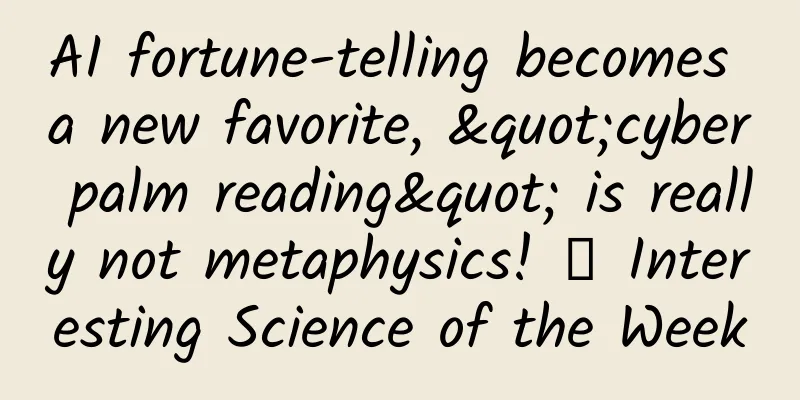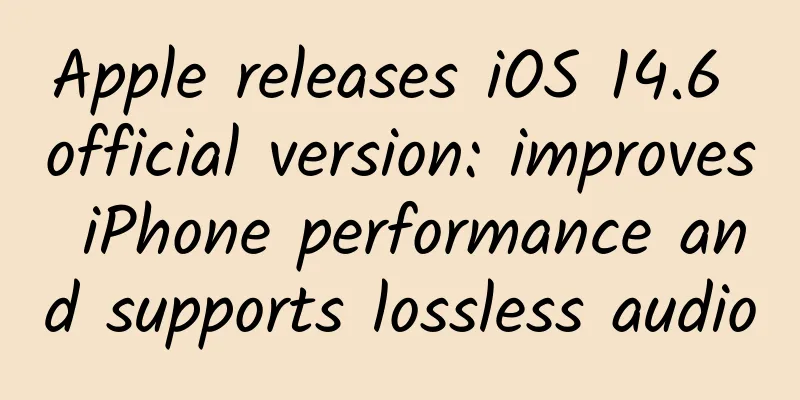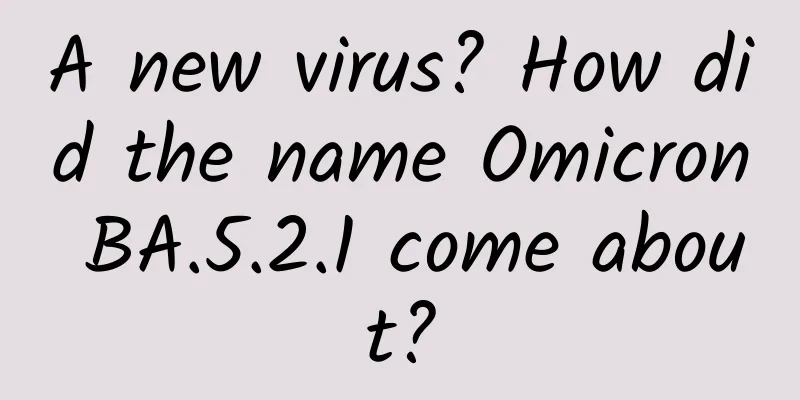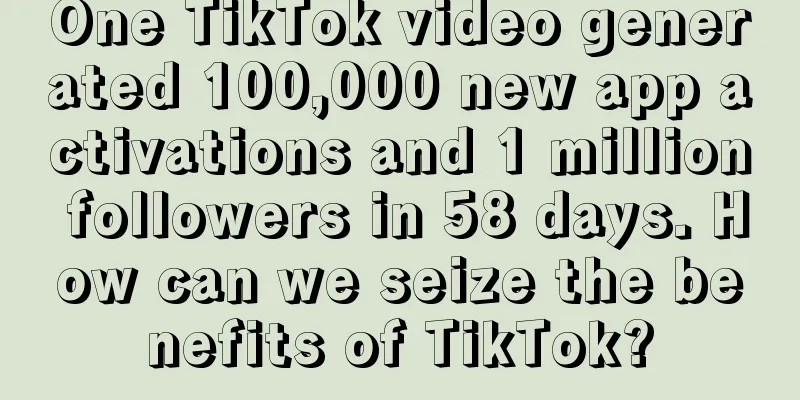AI fortune-telling becomes a new favorite, "cyber palm reading" is really not metaphysics! 丨 Interesting Science of the Week

|
01 Supersolid matter achieves ultra-low temperature refrigeration without liquid helium Every physics student has encountered the question "smooth frictionless inclined plane" in a question, so, does zero-resistance material really exist? Based on a large number of precise calculations and ultra-low temperature measurement experiments, Sun Peijie's research group at the Institute of Physics, Chinese Academy of Sciences/Beijing National Research Center for Condensed Matter Physics discovered a "spin supersolid" in a new type of crystal. One of the most amazing properties of this state of matter is that it has no friction. The state of each molecule in a "supersolid" is exactly the same, and they behave like the same molecule. Although supersolids and ordinary solids are both large groups of small molecules, the molecules in ordinary solids are like students taking physical education classes, free and undisciplined, while the molecules in supersolids are like the guard of honor in a military parade, with every detail perfectly consistent. Therefore, supersolid matter can not only maintain its own organizational structure, but also maintain a zero entropy state, achieving completely resistance-free superfluid properties. This state of matter is a type of Bose-Einstein condensate. Although it has long been predicted in theory, it is extremely difficult to achieve. After unremitting efforts, scientists finally solved this problem, and the relevant results were published in the international academic journal Nature on January 10, 2024. What surprised the researchers even more was that in this supersolid material, a huge "magnetocaloric effect" appeared. The magnetocaloric effect, also known as the magnetocaloric effect, refers to the property that some materials will increase in temperature when subjected to a magnetic field. Scientists have observed a strong magnetocaloric effect in the newly discovered supersolid material and used this property to develop superrefrigeration equipment. The method is to first apply a strong magnetic field to the material to increase its temperature, then let it stand to cool; finally, remove the magnetic field, and the temperature of the material will drop further. The experiment found that the magnetocaloric effect of this new supersolid material is very strong, which can reduce the temperature to below 0.1 Kelvin (minus 273.05℃, 0.1℃ higher than absolute zero). This new device has initial commercial value. The research results are expected to provide new ideas and solutions for low-temperature solid-state refrigeration and alleviate the helium shortage problem faced by the low-temperature research field. Figure 1 Schematic diagram of the formation of a spin supersolid on a two-dimensional triangular lattice (Image source: cas.cn) Class representative summary: This material is used to make a refrigerator, but I don’t know if it will consume electricity or not (dog head) 【References】: Junsen Xiang et al. Giant magnetocaloric effect in spin supersolid candidate Na2BaCo(PO4)2. Nature (2024). https://doi.org/10.1038/s41586-023-06885-w 02 The ring finger is longer than the index finger, which has a profound impact on personality The author, who has been surfing the world of science for many years, thought he had figured out the mystery of fate and was not surprised after experiencing the first issue of "Cyber Fortune Telling" and the second issue of "Cyber Face Reading". However, a research article published in the Journal of Psychiatric Research on January 16, 2024, once again touched upon my blind spot of knowledge: “Cyber Palm Reading”. Serge Brand of the University of Basel in Switzerland showed through research that if a person's ring finger is longer than his index finger, the probability that he has an antisocial personality will increase significantly. Identifying powerful biomarkers to explain and predict a person's behavior has always been an interesting scientific endeavor. In early studies, it has been found that people with longer ring fingers than index fingers will also achieve better results in sports competitions, business competitions and other fields, have stronger mental stress resistance, and perform better under pressure than those with shorter ring fingers than index fingers. Although people with long ring fingers have stronger mental willpower and fighting spirit, on the other hand, scientists have also found that people with longer ring fingers have a higher proportion of aggressive behavior, Internet addiction, narcissistic personality, and psychopathy. That is, the ratio between the index and ring fingers may be related to a person's behavior and personality traits. Researchers speculate that the correlation between the length of the ring finger and a person's personality and behavior may be related to the level of sex hormone concentration in the fetus during early pregnancy. There is evidence that higher fetal androgen levels in the early stages of pregnancy (first trimester) can promote growth of the ring finger and inhibit growth of the index finger, while higher estrogen levels can promote growth of the index finger while inhibiting growth of the ring finger. These differences in hormone levels may affect the development of the fetal nervous system, and the resulting differences may ultimately affect the fetus's personality and behavior after birth and when it grows up. The different lengths of the ring fingers and the differences in personality and behavior are both caused by differences in hormone levels during pregnancy. In this way, "cyber palm reading" does have some scientific truth. Figure 2 Schematic diagram of the length of the index finger and ring finger. Why do we draw the left and right hands in reverse order? (Image source: whatsnew2day.com) Class representative summary: If you observe carefully, you will find that the groove at the base of the index finger is very narrow, while the groove at the base of the ring finger is wider. When measuring, measure from the bottom edge of the groove of the ring finger (that is, the side close to the palm)~ 【References】: Seyed SH et al. 2D:4D-ratios among individuals with amphetamine use disorder, antisocial personality disorder and with both amphetamine use disorder and antisocial personality disorder. Journal of Psychiatric Research (2024). https://doi.org/10.1016/j.jpsychires.2023.12.004. 03 The "Lost City" in the Amazon Rainforest The dense Amazon jungle seems to be very unsuitable for human habitation. It is hot and humid, and there are many kinds of plants and animals that threaten human health. People have always believed that there are only some small primitive tribes here who practice primitive agriculture with slash-and-burn farming. During a field trip more than two decades ago, Stéphen Rostain, an archaeologist at the French National Center for Scientific Research, observed several earthen mounds and destroyed roads in the Amazon rainforest of Ecuador. This caught his attention, because people in primitive tribal states would not consciously build roads. The existence of roads means there is a demand for transportation, and only urban life will create a demand for transportation. Trying to find traces of the city in the lush rainforest is not only a arduous task, but also life-threatening. With the development of technology, airborne laser radar technology (LIDAR) can penetrate the dense tree canopy and directly detect the surface, just like cutting down all the trees. In this way, by constantly taking pictures, searching, and cross-checking in nearby areas, archaeologists finally discovered and restored the full picture of this prehistoric city. The January 11, 2024 issue of Science magazine gave us a picture of this lost city. The vast site, covering more than 1,000 square kilometers and long hidden in the jungle of the Upano Valley in the foothills of the Andes Mountains in eastern Ecuador, consists of 20 settlements connected by roads, including five large-scale cities. People can even make out traces of life in the rooms, including fireplaces, pottery jars, and corn seeds. The roads in the city are wide and straight, showing signs of artificial organization and construction. Scientists speculate that it would take thousands of people to build a city of this size, and judging from the size of the city, there may have been tens of thousands of residents at one time. It is also worth noting that some of the artificial mounds are as high as 10 meters, indicating that they were not residences but public areas for holding ceremonies or celebrating festivals. According to archaeologists, the city was built around 500 BC, which means it has a history of more than 2,000 years. However, who built it, why did they abandon it, and where did they go? These mysteries are still submerged in the deep jungle, waiting for us to solve them one by one. Figure 3 Urban ruins captured by LiDAR (Source: science.org) Summary of the class representative: Dig three feet into the ground to see if there are any gold and silver treasures buried by the ancients (I want to hand them over to the country) 【References】: Stéphen Rostain et al. Two thousand years of garden urbanism in the Upper Amazon. Science (2024). DOI:10.1126/science.adi6317 04 Uncovering the complex causes of the Pacific Ocean Plateau The origin of the Hawaiian Islands is well understood: they are chains of islands formed by multiple volcanic eruptions of lithosphere passing through an undersea magma hotspot. However, people know very little about the formation of submarine plateaus, because it is understandable that a hotspot erupts to form a point-shaped island or volcano, but it seems impossible to erupt into an entire flat plateau. There is such an underwater plateau in the waters north of Fiji in the South Pacific, called the Melanesian Frontier Plateau (MBP for short). Its area is as large as that of Hunan Province. It is obviously impossible that it was formed by a single volcanic eruption. In order to explore the cause of this terrain, Kevin Konrad of the University of Nevada, Las Vegas, spent ten years conducting field research, sample analysis, earthquake and volcanic data collation, and computer model analysis. The research shows that this plateau was formed by four independent hotspots that erupted continuously for tens of millions of years. Simply put, it's like giving four children a crayon each and asking them to randomly draw a line on paper. As a result, the four children all chose to draw a line at the same location on the paper. The superposition of these four lines forms an area that is significantly higher than the paper surface. The first child was the "Louisville Hotspot," who drew the first ridges in the area during the Cretaceous period, at least 66 million years ago, when dinosaurs still ruled the Earth. The second child, called the Lurutu-Arago hotspot, came to the region during the Eocene epoch 53 million years ago, mapping several small islands and undersea mountain ranges, just as the first mammals appeared. The "Samoa Hotspot" began to be drawn in the Miocene 20 million years ago, where he drew the shapes of several edge areas of the plateau. Whales appeared in the sea at this time. The last to arrive was a volcanic event caused by mantle regurgitation in the Tonga Trench, which lasted millions of years and is still ongoing. The study, published in the journal Earth and Planetary Science Communications on January 15, 2024, adds to our understanding of the formation of large structures within oceanic plates. Figure 4 Location and topography of the Melanesian Border Plateau (Source: sciencedirect.com) The class representative summarized: The volcanic eruption also highlights the saying “There is no coincidence in the world”! 【References】: Kevin Konrad et al. Four distinct pulses of volcanism built the Melanesian Border Plateau: Implications for oceanic mid-plate superstructure formation. Earth and Planetary Science Letters (2024), https://doi.org/10.1016/j.epsl.2023.118549. 05 How to determine whether two fingerprints belong to the same person? Fingerprint biometrics is a key technology in the fields of digital authentication and forensics in modern society. The main premise of this technology is that there are no two identical fingerprints in the world, and even the fingers of the same person are different. However, this assumption has been challenged by AI. In the January 12, 2024 issue of Science Advances, Gabe Guo of Columbia University and his collaborators trained AI to study fingerprints, allowing AI to accurately determine whether two fingerprints belong to the same owner. That is to say, AI discovered certain subtle similarities between the fingerprints of the same person. In principle, we can understand that, after all, the genes in the same person are the same, so it is unlikely and unnecessary to have ten completely different patterns on ten fingers. However, the growth of fingerprints is very complex and the patterns are very varied, so it is still difficult to observe the differences in the fingerprints of the same person with the naked eye. Therefore, the researchers used the hottest AI technology to explore this problem. They used a deep dual neural network to extract fingerprint representation vectors and found similarities in all fingerprints of the same person, even when controlling for pseudo factors such as sensor modality. At the same time, the researchers also found that the direction of the fingerprint ridges, especially the ridge direction in the area near the center of the fingerprint, explains a large part of this similarity. After model training, scientists tested whether AI could determine whether two fingerprints came from the same person. The AI recognition accuracy reached over 75%, which formally challenged the traditional assumption that "every fingerprint is completely different." In many scenarios, it is impossible for us to collect all ten fingerprints, which means that we cannot determine or exclude the owner of a fingerprint based on only one known fingerprint. Although the accuracy of AI is still not enough for forensic scientists to trust, after further algorithm improvement and exploration, AI is likely to reveal the true connection between fingerprints in the future. Figure 5 Fingerprint feature similarity analysis (Image source: science.org) Class representative summary: One fight for poverty, two fights for wealth, three fights for what? (I'll ask AI) 【References】: Gabe Guo et al. Unveiling intra-person fingerprint similarity via deep contrastive learning. Sci. Adv. (2024). DOI:10.1126/sciadv.adi0329 Author: Mu Xin This article is from the "Science Academy" public account. Please indicate the source of the public account when reprinting. |
<<: If food is stuck in your teeth, it may be your teeth crying out for help! Don’t take it lightly…
>>: Why is the time on my work computer slower than that on my phone?
Recommend
Community disassembly | Looking at the process from attracting new users to converting users from the perspective of game groups
What is a community? How to define community? How...
Pinduoduo no-source e-commerce learning community (31 video courses in total)
Chapter 1: Overview of Pinduoduo's No-Source ...
Useful information丨7 pictures to help you master landing page optimization skills
What is a landing page ? What are the guidelines?...
Are nematodes disgusting? You should thank them for your sushi
In the once popular movie "Invasion of the I...
Complete a landing page design in 7 steps!
User decision-making is an uphill process. The va...
iPhone sales are booming. How much of a role do Apple retail stores play?
Not long ago, Apple released its latest quarterly...
Can Android replicate the glory of Windows?
In 2014, the mobile smart terminal market was ful...
Baotou SEO training: What impact will server instability have on website optimization?
Many webmasters have encountered situations where...
Google's quantum computer runs 100 million times faster than traditional computers
What? Google's own quantum computer is 100 mi...
Check the price of Shigatse marriage and love mini program agent. How much is the price of Shigatse marriage and love mini program agent?
How much does it cost to be an agent for a marria...
List of "Science" Rumors in December 2022: Can Yangkang produce antibodies in 15 days? Can sweating reduce fever?
The list of "scientific" rumors for Dec...
How much does it cost to customize the cosmetics mini program in Zhongshan? Zhongshan cosmetics mini program customized price inquiry
What is the price for customizing the cosmetics m...
How to increase user growth? Take Pinduoduo and Xiaohongshu as examples
Yesterday, I had the opportunity to listen to mor...
Xiaohongshu Promotion Guide
Here is a summary of the hot articles in February...
Wu Daguan: The never-ending "Chinese Heart"
Wu Daguan is a famous aviation engine expert in m...









